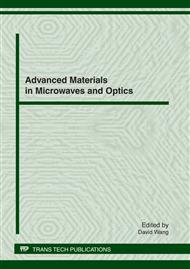p.273
p.278
p.283
p.287
p.291
p.297
p.301
p.311
p.317
Research and Design of the Control System for Vibratory Stress Relief Based on Virtual Instrument
Abstract:
This paper proposes the method of multi-point VSR control system based on virtual instrument for the single-point aging cannot meet the problem of eliminating large and middle-sized the residual stress of workpieces. The system could achieve the setting of parameters on stress relief and the automatic controlling of the work process on PC by using LabVIEW as the development platform. By using data acquisition card USB-6229 BNC, it can realize the output voltage and the frequency pulse and the collection on the acceleration by the way of real-time and frequency variation sampling. At the same time, it has provided the theoretical basis for the effect of vibratory stress relief, and the system has realized the design and test in the laboratory, compared with the development method of single-point vibratory stress relief, this system has many advantages, such as the shorter aging cycle, the effect of eliminating residual stress and so on.
Info:
Periodical:
Pages:
291-296
Citation:
Online since:
January 2012
Authors:
Keywords:
Price:
Сopyright:
© 2012 Trans Tech Publications Ltd. All Rights Reserved
Share:
Citation:


